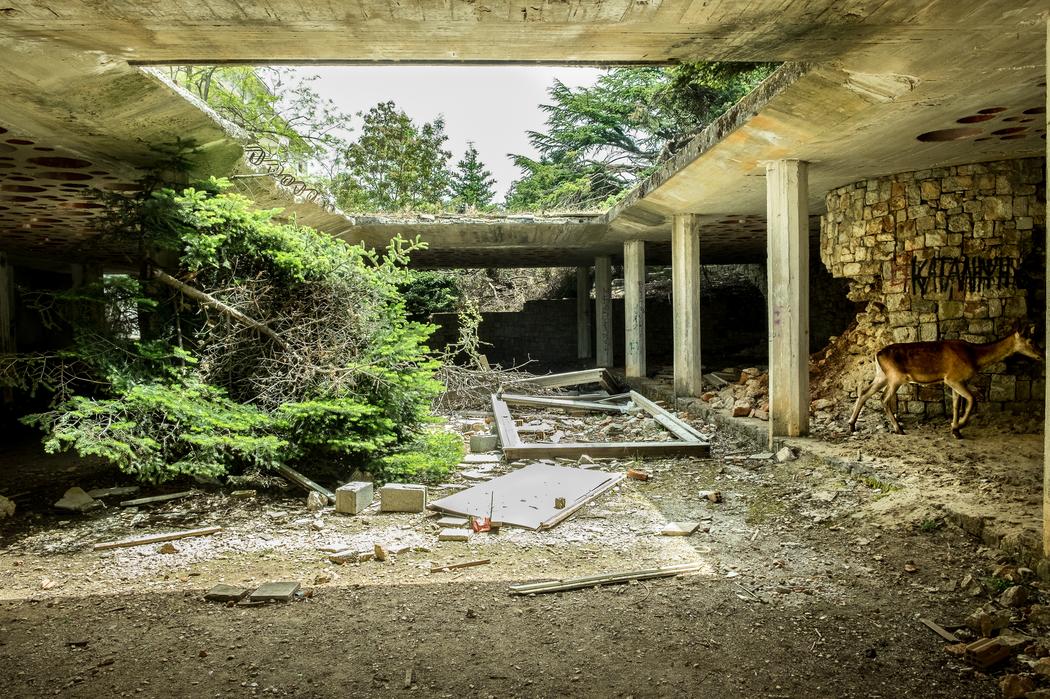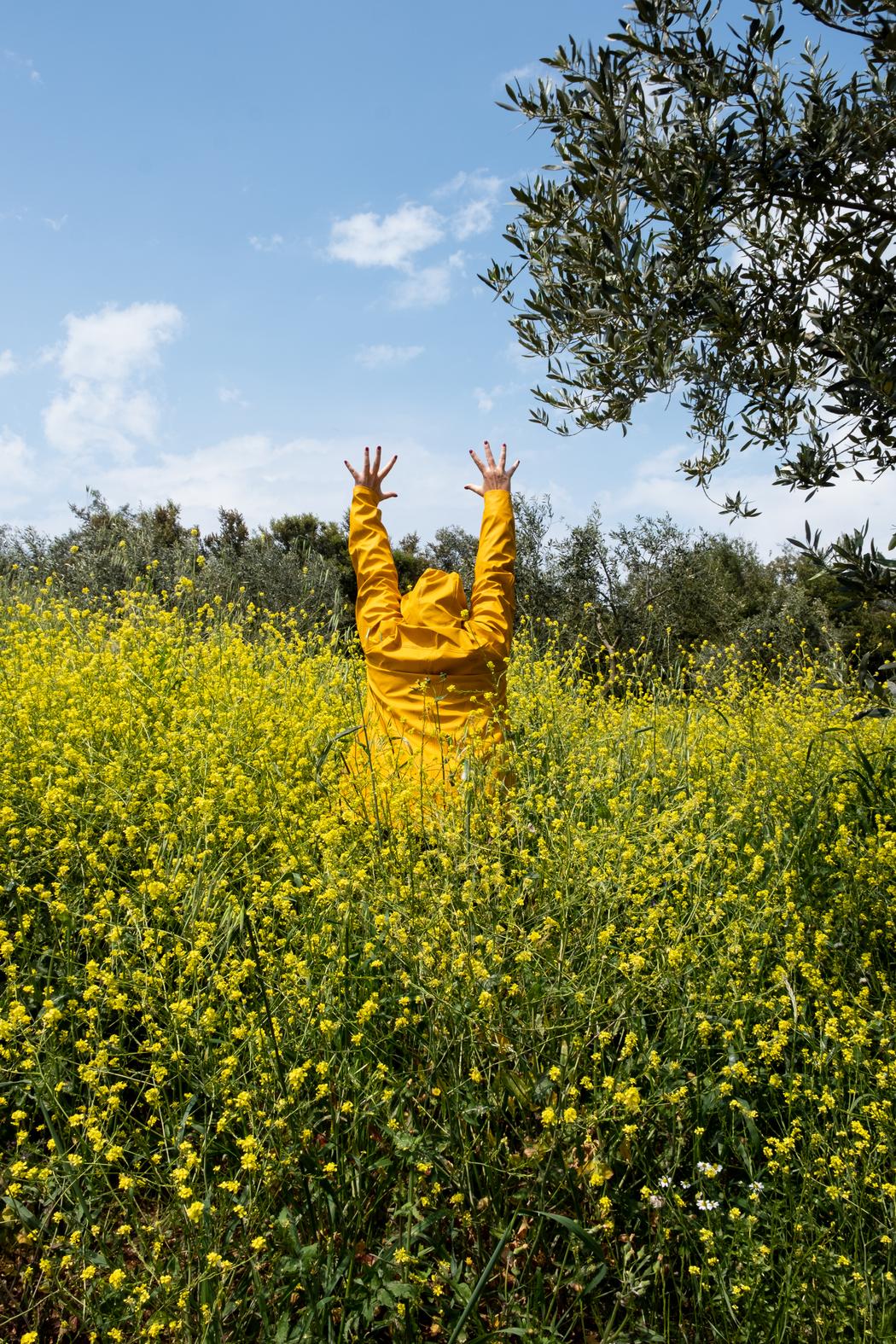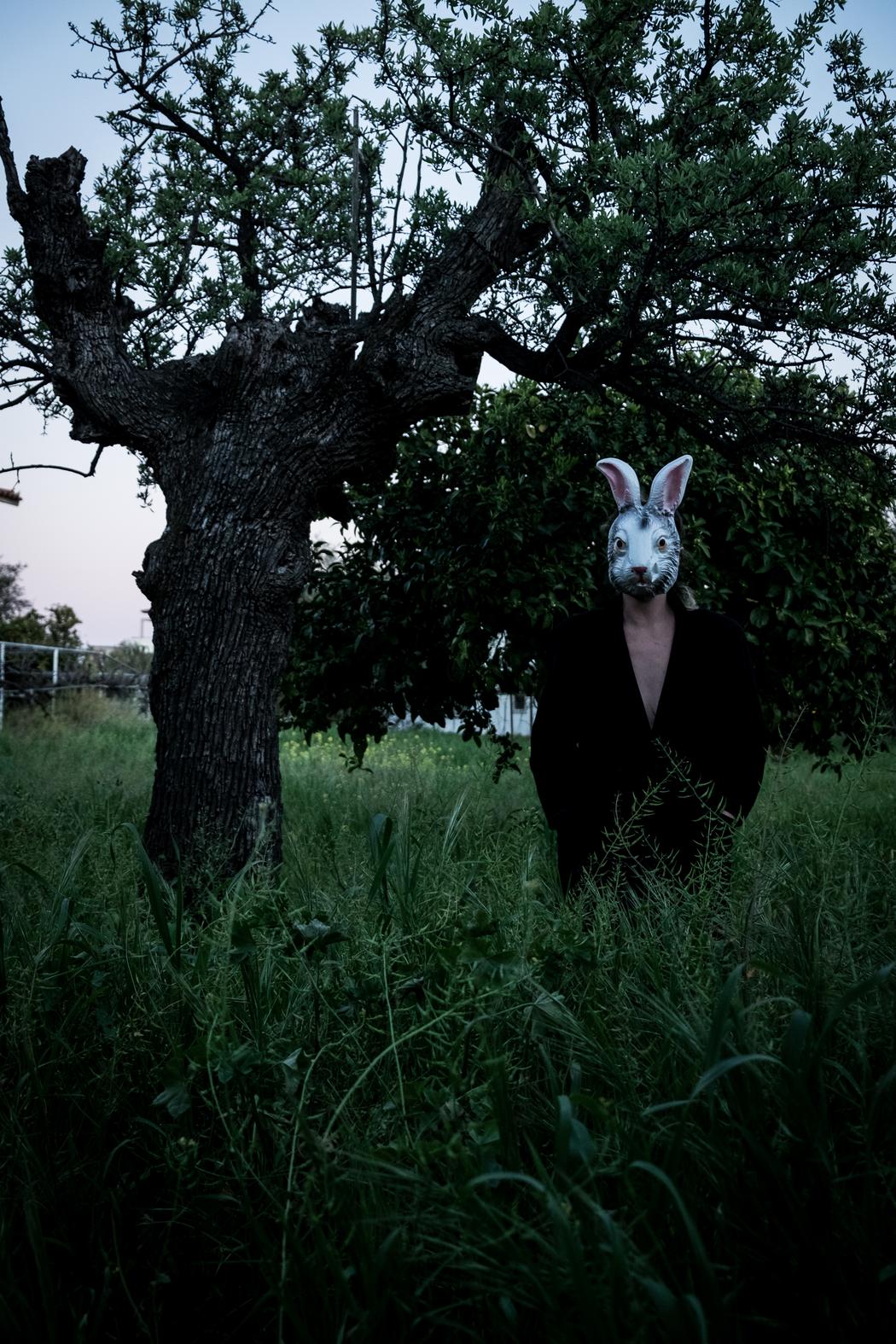Your work deeply engages with nature and self-exploration. What drew you initially to the forest as a recurring setting in your photography?
The forest for me expresses the primeval and the return to our roots. It is a place that offers itself for introspection and contact with our true selves. For connection. Modern man, through the course of history, has been largely disconnected from nature.
Excessive urbanization is one of the main reasons for man’s detachment from nature, which also affects man’s perception of the environment. Modern man believes that his world is confined to the boundaries of the city and that nature is something external that he can exploit without considering the consequences. This mentality has led to serious ecological disasters such as climate change, depletion of natural resources and the destruction of ecosystems. My work is a way of expressing my concern.
You mention that the forest “accepts you as you are.” How has this idea of acceptance shaped your approach to portraiture and self-portraiture?
In the forest there is a sense of harmony, peace and balance. It doesn’t care about the color of my skin, my sexual orientation, my political beliefs, these are social constructs. There is an exchange of energy that pushes me to express myself, to direct images, to let my imagination run wild and, most importantly, to play like a little child. I find it of prime importance that the creators have kept the child alive in them.
It was the acceptance of myself by myself, that first and foremost pushed me unconsciously into self-portraiture. It could not be captured through the faces of others, no one knew my own history and background better than I did. Along the way I saw that many people identified, even felt uncomfortable with my self-portraits which for me was fortunate. Drawing out any emotion from the viewers is primary importance I believe. Because at second time the thought will come.

Masks appear prominently in your series. What do they symbolize for you in the context of identity and social roles?
I will borrow the words of the surrealist artist whose work is about issues of identity. ¨Under the mask, another mask. I will never be finished removing all these faces”. Masks are often a part of the surrealist approach that I have in much of my work. On the other hand, they create a sense of distance from the viewers and from any humanized thing. I am more fascinated by the absurd in photography and how to incorporate it and less by logic.
On the other hand, in a world where we strive to be our true selves, countless masks and roles have become our second skin. To the point where we look in the mirror and don’t know if the mask, we are wearing is our true self or the role we are performing. I think a lot of suffering in this world stems from the fact that we are not our true selves. And all these repressed emotions are expressed with an outrageous violence.
How does your background in physical education and sport science influence your photographic work, if at all?
Throughout my life, either through sport or through fine art photography, I have been treating the human body as a tool or as a form. The body and its explosiveness, its movement, its plasticity, are integral elements of my work. In fact, a self-portrait is a performance. Studying on this subject has helped me to become familiar with the nude body, because I treat it as a material and the skin as a garment.

Many of your photographs balance between surrealism and raw realism. How do you approach this blend during your creative process?
It depends on the topic I try to approach each time. I don’t necessarily plan it every time, but the eye knows. It’s the impulse that often pushes you to choose the approach that you think best serves the narrative.
You explore the cycle of decay and rebirth. Can you tell us more about how this concept guides your image-making?
I think most creators regardless of the way they choose are possessed by the fear of death. Creating is a way of managing all this existential angst and anxiety. It’s the circle of life that makes me explore this theme. The fact that as we grow older, we are called upon to deal with loss.
Any kind of loss. Wear and tear are inevitable. I observe it and photography is a way of accepting it. But regeneration is also part of our lives. Nature, through the seasons, delivers great lessons to us, which is why I include it as part of my work.
Nature provides healing. I always refer to it when I want to find myself and my self-balance. Perhaps it is time for modern man to re-evaluate his relationship with the environment and the imprint he leaves on it.

Several of your works confront the pressure of perfection and beauty standards. What would you like the viewer to question or feel when seeing these images?
That the obsession with perfection has pushed people to excess, but it has also pushed them into madness, obsessions, satiation and a sense of unsatisfaction. The perfect body. The perfect house, the perfect life captured in every gruesome detail via social media. Why can’t we just live? Why should we create more neuroses? What I’m trying to do is ask questions. It’s a project which calls for love and acceptance of ourselves exactly as we are. Flawed, imperfect, unmade.


0 comments on “Sofia Dalamagka”